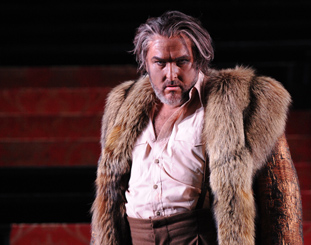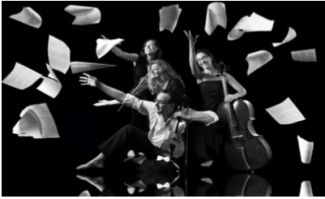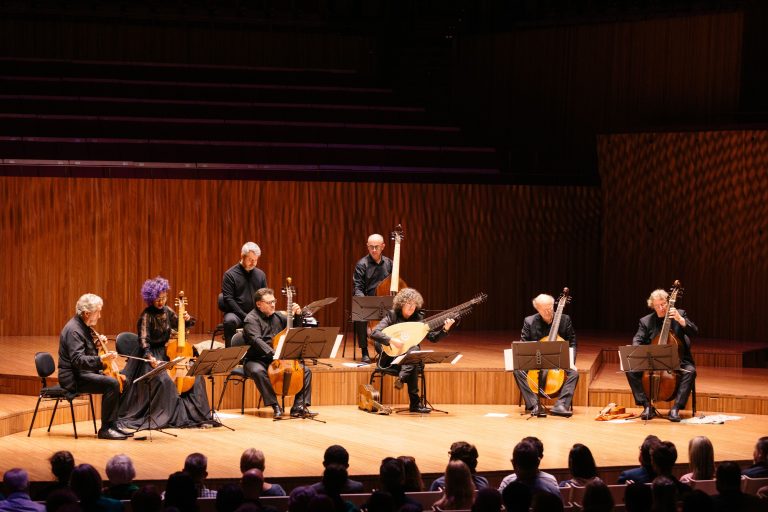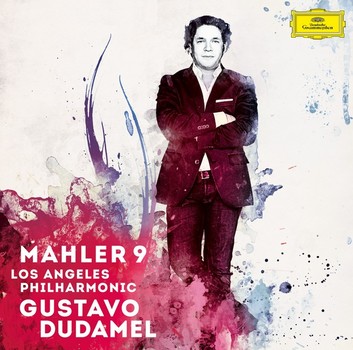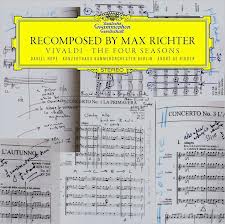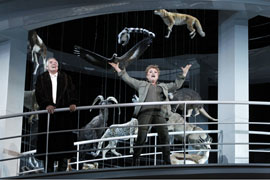Review: Otello/Opera Australia
Otello
Opera in 4 acts by Giuseppe Verdi, libretto by Arrigo Boito,
The Joan Sutherland Theatre, Sydney Opera House, Opera Australia,
Saturday July 5, 2014.
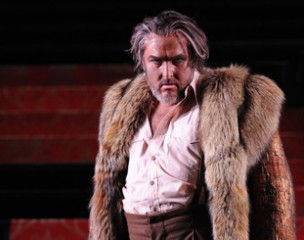
With a few strategic sweeps of his baton, conductor Christian Badea unleashed the full force of the Opera Australia orchestra and chorus, igniting the slow burning fuse of the opera that is Verdi’s Otello.
This 2014 revival of Harry Kupfer’s production, seen in Sydney in 2003 and 2008, is centred around a damaged and decaying staircase in the middle of which stands a larger than life figure of Atlas carrying the weight of the world on his shoulders. Otello is as world-weary and therefore vulnerable to the manipulations of his ensign Iago, after whom the opera was nearly named. Despite his victory against the Venetians, Otello’s personal world is crumbling.
Singing the draining role of Otello, New Zealand born heldentenor Simon O’Neill makes a welcome return to Sydney. He was heard here in 2009 as Seryózha, in Lady Macbeth of Mtensk for Opera Australia and in Mahler’s 8th Symphony with the Sydney Symphony Orchestra under Vladimir Ashkenazy. It is hard to imagine how O’Neill could possibly have given more, dramatically or vocally. The cascade of succulent sound from O’Neill was stunning as he raged against Iago in Tu? Indietro!Fuggi! and against his perceived infidelity of Desdemona and Cassio in Sì, pel ciel marrmoreo guiro! The moments of intimacy he shared with Desdemona, the woman he loved with such controlling passion, were sung with supreme tenderness and delicacy (Già nella notte densa).
Singing Desdemona at short notice was Armenian soprano Lianna Haroutounian, whose previous performances in the role include the Teatro San Carlo in Naples and the Opera Bastille in Paris. As the dutiful but naive and wronged wife, she was magnificent, fulfilling Verdi’ s own words:
“Desdemona is a part in which the thread, the melodic line, never ceases from the first note to the last. Just as Jago has only to declaim and laugh mockingly, and just as Otello, now the warrior, now the passionate lover, now crushed to the point of baseness, now ferocious like a savage, must sing and shout, so Desdemona must always, always sing.”
Haroutounian’s interpretation of Ave Maria, (incidentally, sung by Bulgarian soprano Raina Kabaivanska at the funeral of Luciano Pavarotti in 2007) was exceptional for its ethereal beauty and sense of tragedy after the gosssamer lightness and poignancy of Piangea cantando (the Willow Song).
Claudio Sgura sang rich voiced and malevolent as the nihilistic Iago in the trio of compelling principals.
James Egglestone as Cassio, Richard Anderson as Montano, David Corcoran as Roderigo, Jacqueline Dark as Emilia and Pelham Andrews as Lodovoco completed a vocally and dramatically robust ensemble.
It is curious to see how the tradition of ‘blacking up’ the Moor persists even in the 21st century when Sydney audiences are surely accustomed to singers of many nationalities from Takesha Meshe Kizart as Tosca, to Jonathan Lemalu as Leporello and Yonghoon Lee as Cavaradossi playing the roles of Europeans, and Cheryl Barker and Patricia Racette taking roles like Cio-Cio San without cosmetic enhancement. Regardless of the production or how dextrous the transformation, the practice of darkening Caucasian skins seems to be reminiscent of less enlightened times and an idea whose effectiveness is passing into the realm of caricature.
Whilst 2013 was the year of Verdi’s bi-centenary, the homage continues with this outstanding presentation by Opera Australia, alongside the very successful new production of Rigoletto, another mainstay of Verdi’s canon.
Shamistha de Soysa for SoundsLikeSydney©
Otello is being performed at the Joan Sutherland Theatre of the Sydney Opera House on selected evenings and afternoons until August 2nd 2014.
View the Otello picture gallery.

